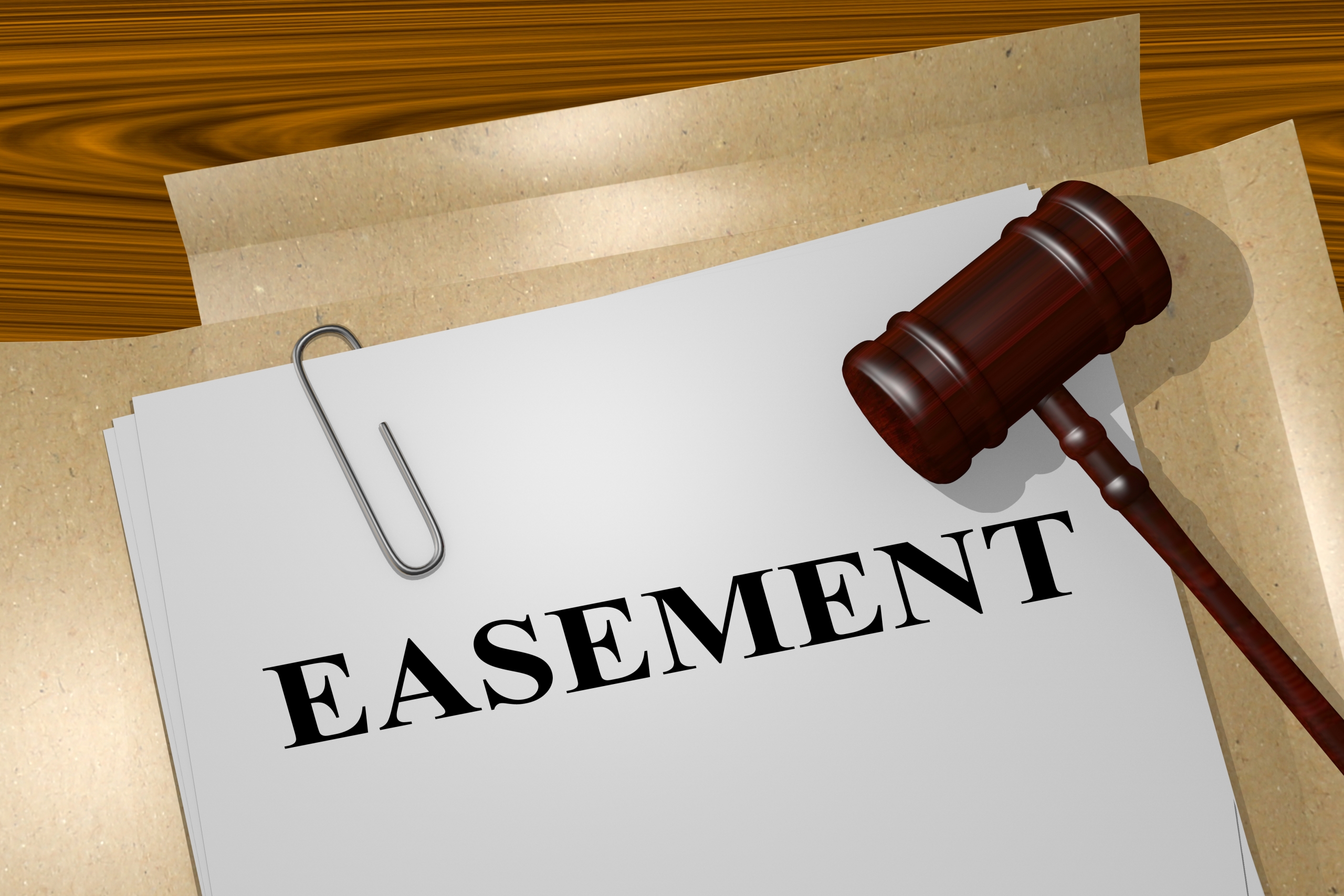An easement gives a party the right to use someone else’s property usually for a specific purpose. Examples include allowing utilities to run sewer lines under the property or permitting a neighbor to cross the property line in order to access a road. These rights are granted in a legal document such as a deed, will or easement agreement. Whether an easement is valid can be complicated to determine as demonstrated in a recent decision of the New York Supreme Court, Appellate Division, Second Department.
The case of Marino v. Mazzuoccola involved a perpetual easement granted to the Defendant’s husband and “his heirs, successors or assigns.” Marino, the current owner of the property upon which the easement was granted, brought an action under Real Property and Proceedings Law Article 15 for a judgment declaring that the easement was invalid because it did not adequately describe the premises which received the benefit or burden of the same. Generally, the document granting an easement must give the precise location of the easement in order to be valid.
The lower Court determined that the easement was invalid because the description of the easement on the recorded instrument did not permit it to be “plotted” on a map.
The Appellate Division disagreed with the lower Court. It cited to a line of cases which stand for the proposition that even where an easement grant does not give the precise location of the easement, it may nonetheless be valid if the Court finds that an easement was intended. In making such determination, the Court must consider the circumstances tending to show what the grantor’s intent was at the time the easement was granted.
In Marino, the grantor of the easement not only issued and recorded the original easement in 2003, but also, recorded a corrected grant in 2005. The Court found that notwithstanding the ambiguous language contained in the grant, the lower court should have considered the circumstances in making the determination. The Appellate Division stated that the testimony of the Defendant, surveys and photographs introduced at the hearing, demonstrated that the grantor intended that a perpetual easement with respect to the portion of the lot owned by the Plaintiffs be granted. Moreover, the Court noted that a survey which pre-dated the actual grant of the easement to Mazzuoccola specifically referenced the easement. As a result, the Appellate Division found that the easement was valid.
Ideally, the document granting the easement should have been better drafted, which is why it is important to consult an experienced attorney. However, as this case demonstrates, there still may be recourse to enforce the easement.
If you have any land use matters which you would like to discuss, please contact one of our real estate attorneys.

